Safe Work Australia has published new data during National Safe Work Month, providing insight into work health and safety and workers’ compensation across Australia.
The Key Work Health and Safety Statistics Australia 2025 report highlights key trends in work-related fatalities, injuries and disease, and provides valuable insights to help improve safety outcomes in Australian workplaces.
Work-related fatalities 2024
- 188 workers lost their lives due to traumatic injuries in 2024.
- The fatality rate (1.3 fatalities per 100,000 workers) is lower than the 5-year average from 2020 to 2024 (1.4 fatalities per 100,000 workers).
- 96% of fatalities were male.
- 80% of work-related traumatic injury fatalities occurred in 6 industries:
- Agriculture, forestry and fishing
- Public administration and safety
- Transport, postal and warehousing
- Manufacturing
- Health care and social assistance, and
- Construction.
- Machinery operators and drivers had the highest proportion of worker fatalities (32%) and the highest fatality rate at 6.7 fatalities per 100,000 workers, more than 5 times the overall fatality rate.
- Vehicle incidents were the leading cause of fatal injuries (42%), followed by Falls from a height (13%).
- The Agriculture, forestry and fishing industry recorded the highest fatality rate (13.7 per 100,000).
Work-related injury and illness 2023–24
- There were 146,700 serious workers’ compensation claims involving at least one week of working time lost.
- 84% of all serious claims involved Body stressing, Falls, slips and trips, Being hit by moving objects, or Mental stress.
- Workers aged 55-64 and 65 years and over, had the highest serious claim frequency rates of 9.5 and 10.0 claims per million hours worked respectively.
- Mental health conditions accounted for 12% of all serious claims, representing a 14.7% increase on 2022–23 and a 161% increase compared to 10 years ago.
- The median time lost from work for mental health claims was almost 5 times longer than for other injuries and diseases.
Building safer workplaces through data
This National Safe Work Month, we encourage workplaces to use insights from Safe Work Australia’s data to spark meaningful conversations, raise awareness, and drive practical improvements in work health and safety.
Explore the full Key Work Health and Safety Statistics Australia 2025 report and more national WHS and workers’ compensation data on Safe Work Australia’s interactive data website.
Learn more about National Safe Work Month and how you can get involved during October.
Let’s use data to make workplaces safer – every job, every day.
